Custom Polyurethane
Polyurethane Belt Cleaner Scraper Systems
In the realm of conveyor belt maintenance, polyurethane belt cleaner scraper systems play a pivotal role in ensuring the efficiency and longevity of belt operations. These systems are categorized into primary, secondary, and tertiary belt cleaners, each serving a distinct purpose in the cleaning hierarchy.

Primary Belt Cleaners
Primary belt cleaners are the first line of defense against material carryback and spillage. They are strategically positioned at the tail pulley to remove the bulk of the residual material before it can accumulate. The durability and resistance of polyurethane to abrasion make it an ideal material for these cleaners, as they can withstand the rigors of continuous operation without significant wear.
Secondary Belt Cleaners
Secondary belt cleaners are designed to address the finer particles that may escape the primary cleaners. These are typically located just before the return idler and are crucial for preventing the ingress of fines into the belt's carcass, which can lead to premature belt failure. The polyurethane scrapers in this system are often finer and more flexible, allowing them to conform to the belt's surface and remove even the smallest particles.
Tertiary Belt Cleaners
Tertiary belt cleaners represent the final stage in the cleaning process. They are used to remove any remaining material that could affect the performance of belt or cause environmental issues. These cleaners often employ a more aggressive polyurethane scraper design, with a focus on high contact pressure and a robust construction to ensure thorough cleaning without damaging the belt.
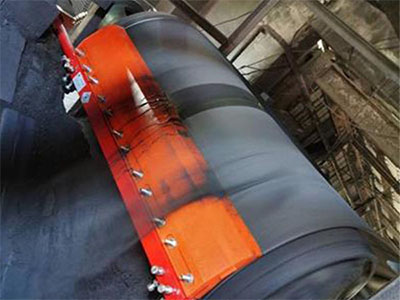
In Conclusion
Polyurethane belt cleaner scraper systems are an essential component of conveyor belt maintenance. They operate in a tiered approach, with each level of cleaner addressing a specific aspect of material removal. The use of polyurethane ensures that these systems are both effective and durable, contributing to the overall reliability and efficiency of the conveyor system.
Latest News & Blog
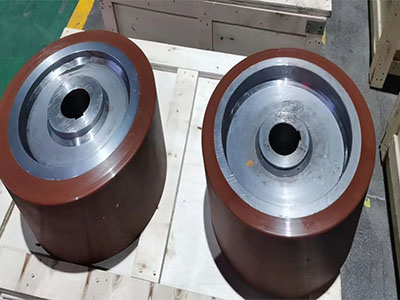
How Polyurethane Wheels Improve Stacker Performance in Harsh Environments
11 May, 2023Polyurethane wheels can effectively reduce vibration and buffer performance, which can make the stacker can run smoothly in different terrain and environment, and improve operation efficiency.
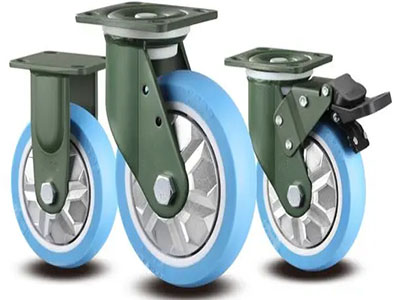
Different Types of Polyurethane Coating Wheels
11 May, 2023Polyurethane wheels occupy an important market with its unique characteristics and application scenarios, including TPU wheels, CPU wheels and PUE wheels, etc., each has advantages such as ground protection, friction resistance, UV resistance, etc., suitable for different occasions, improve work efficiency.
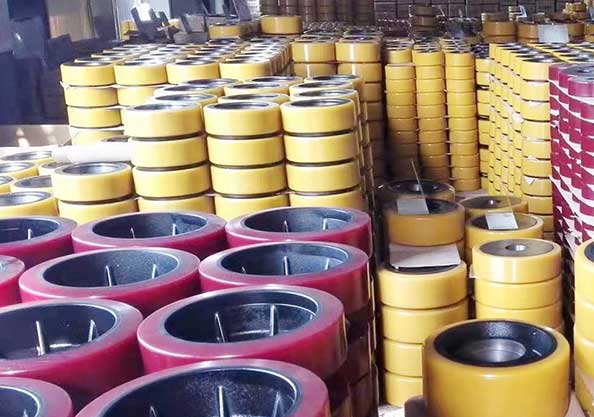
Drive Rollers for Pallet Trucks and Forklift Trucks
11 May, 2023We provide a standard range that includes a variety of drive rollers for pallet trucks and forklift trucks, as well as drive and running wheels for a variety of industrial trucks.
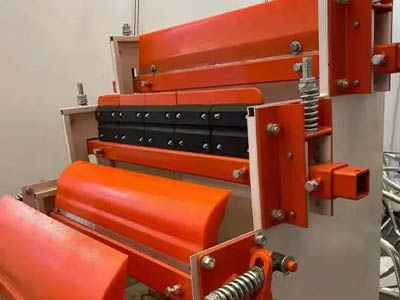

Flange-Mounted Vulkollan Wheels for AGVs
11 May, 2023Vulkollan wheel offers exceptional load-bearing capacity, outstanding wear resistance, excellent resistance to oil and chemicals, as well as superior damping effects against impacts and vibrations.